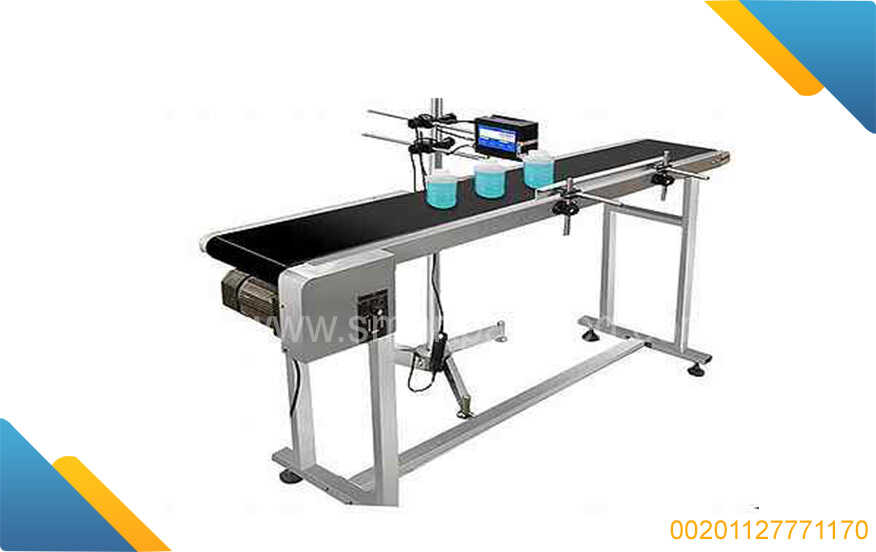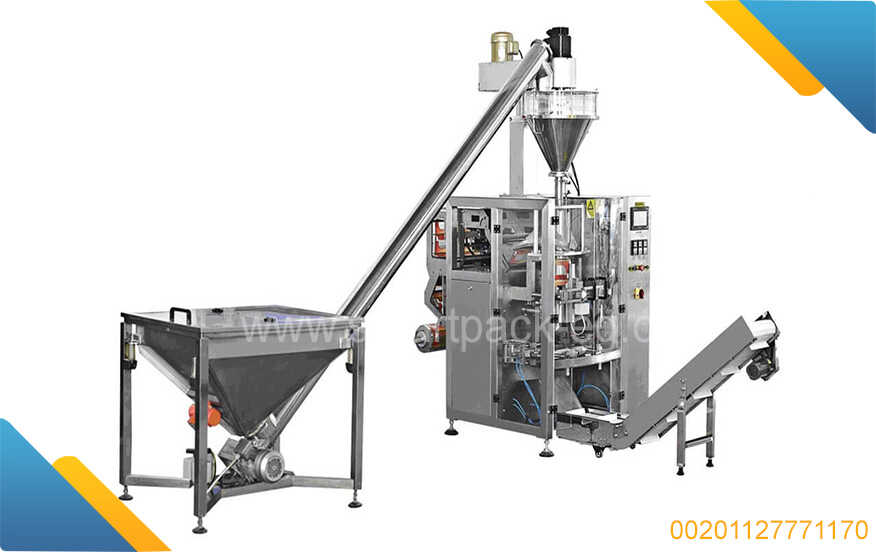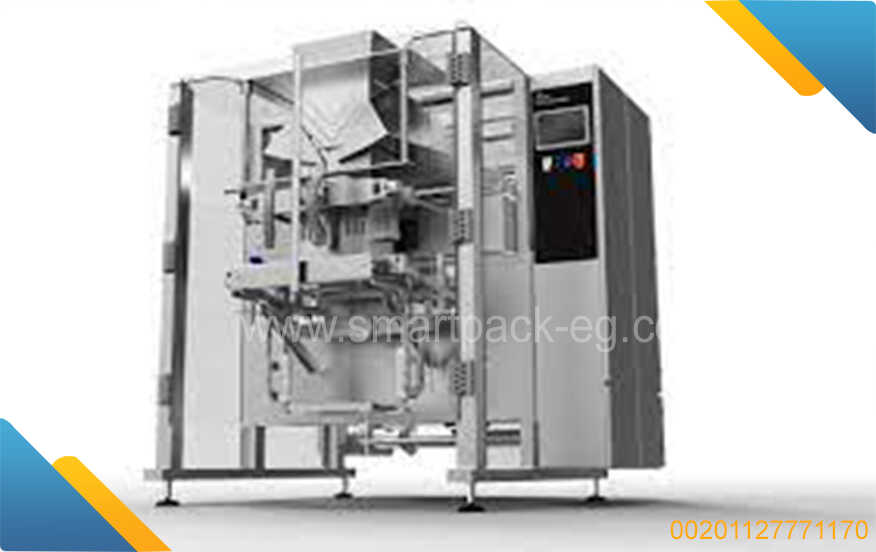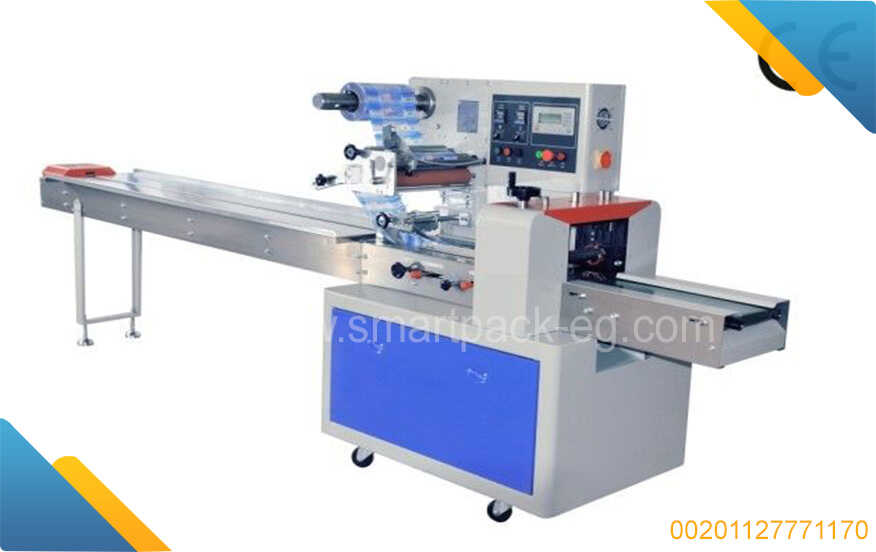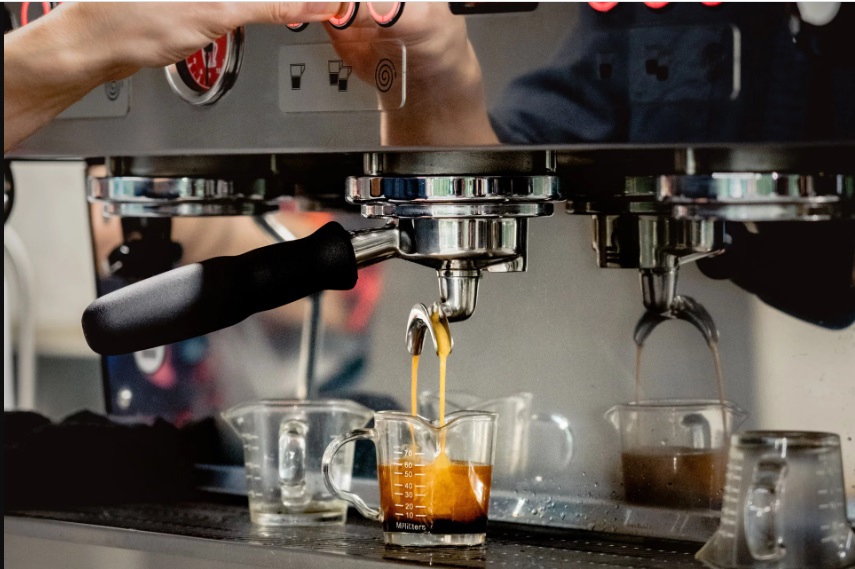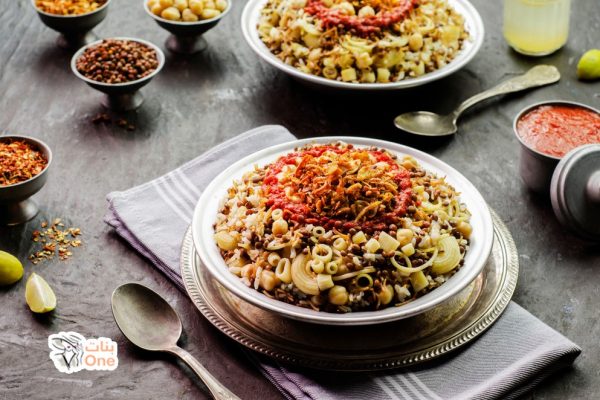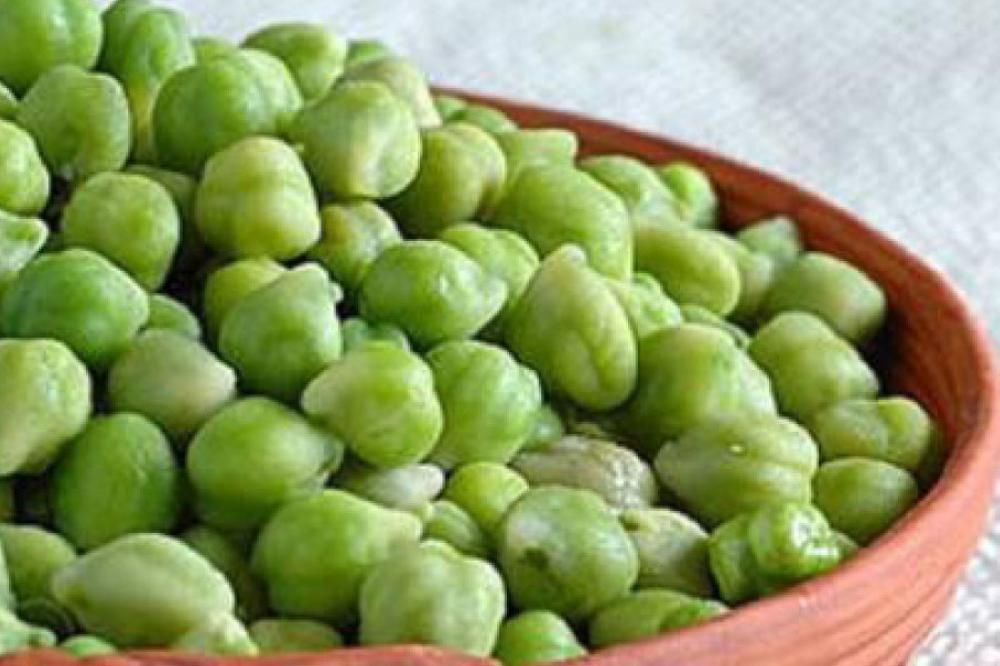How to Guide: Coffee Mills, Roasters, and Packaging for Different Types of Coffee
Introduction:
Coffee is a beloved beverage enjoyed by millions of people worldwide. To truly savor the rich flavors and aromas of coffee, it is essential to have fresh, well-roasted beans. In this guide, we will explore the importance of quality coffee mills, roasters, and proper packaging techniques specific to different types of coffee, with a focus on the Arabica variety.
I. Coffee Mills:
-
Choosing a Coffee Mill:
- Consider manual vs. electric options based on your preference for convenience and control.
- Look for adjustable settings to achieve desired grind size (e.g., coarse for French press, fine for espresso).
- Opt for burr grinders over blade grinders, as they provide a more consistent grind.
-
Grinding Techniques:
- Start with whole coffee beans for optimal freshness.
- Adjust the grind size according to brewing method (e.g., coarse for French press, medium for drip coffee).
- Grind coffee just before brewing to preserve flavors and aromas.
II. Coffee Roasters:
-
Home Roasting vs. Commercial Roasting:
- Home roasting allows customization of roast levels and experimentation with different coffee varieties.
- Commercial roasting ensures consistency and quality control but limits the ability to customize.
-
Roasting Techniques:
- Understand the roast levels (light, medium, dark) to bring out specific flavors and aromas.
- Monitor time and temperature carefully during the roasting process.
- Consider investing in a dedicated coffee roaster or use specialized equipment like popcorn poppers or stovetop methods for home roasting.
III. Packaging for Different Types of Coffee:
-
Whole Bean vs. Ground Coffee:
- Whole bean coffee retains freshness longer as it is protected from oxidation.
- Ground coffee offers convenience but should be consumed within a shorter timeframe for optimal flavor.
-
Packaging Considerations:
- Use airtight containers or bags with one-way valves that allow the release of carbon dioxide.
- Avoid clear packaging, as exposure to light can degrade the coffee.
- Store coffee in a cool, dark place to preserve flavors and extend shelf life.
IV. Packaging Arabica Coffee:
-
Understanding Arabica Coffee:
- Arabica beans are known for their delicate flavors, acidity, and pleasant aromas.
- They require careful handling and storage to retain their qualities.
-
Roasting and Packaging Arabica Coffee:
- Roast Arabica beans to a medium roast level to highlight their complex flavors.
- Package Arabica coffee in airtight bags with one-way valves to maintain freshness and prevent oxidation.
- Include clear labeling with roast date, origin, and any other relevant information for the consumer.
Conclusion:
Investing in quality coffee mills, roasters, and understanding proper packaging techniques can greatly enhance your coffee experience. Whether you prefer brewing methods like French press or espresso, or enjoy the delicate flavors of Arabica coffee, following these guidelines will allow you to enjoy a delicious cup of coffee with every brew.

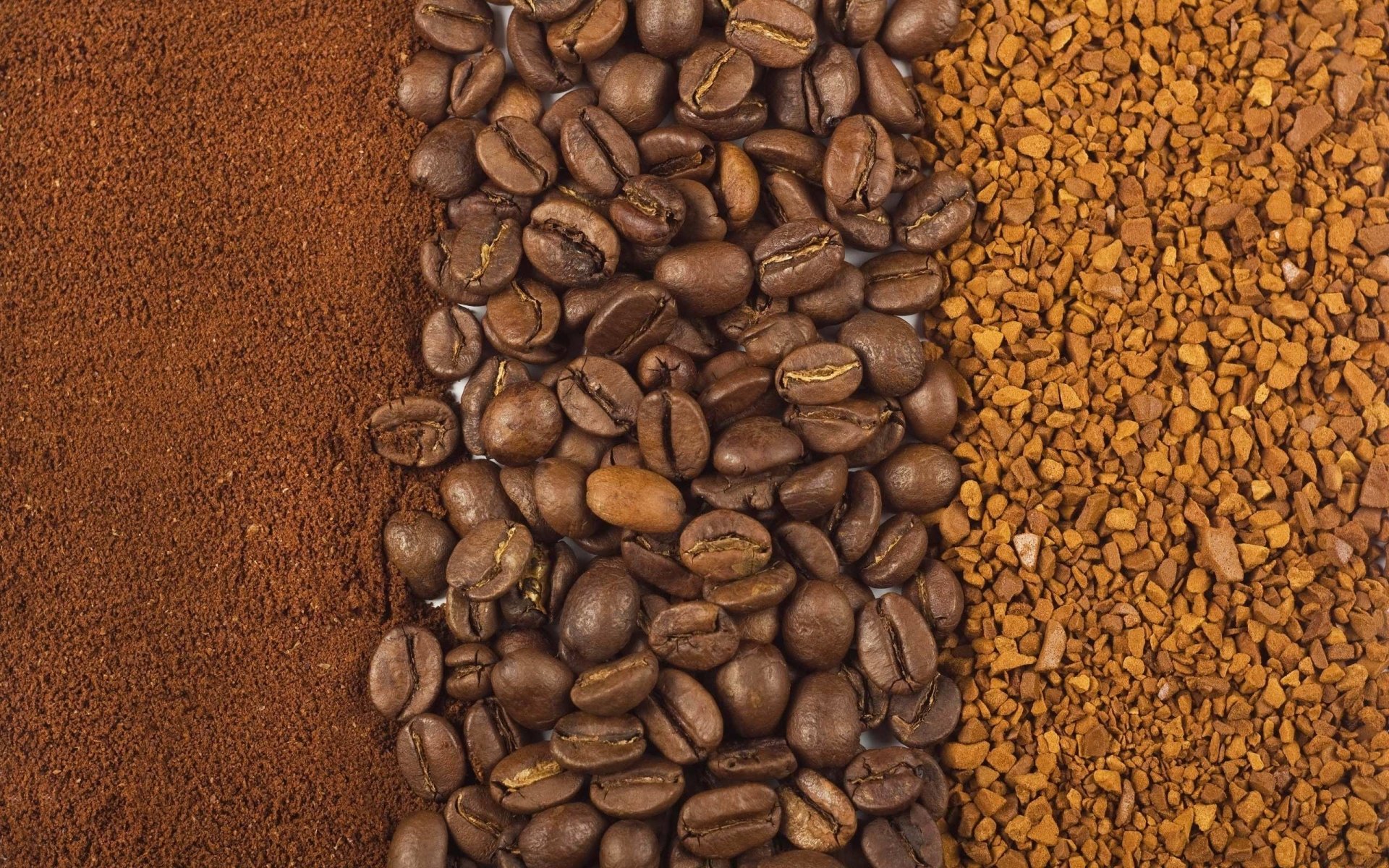
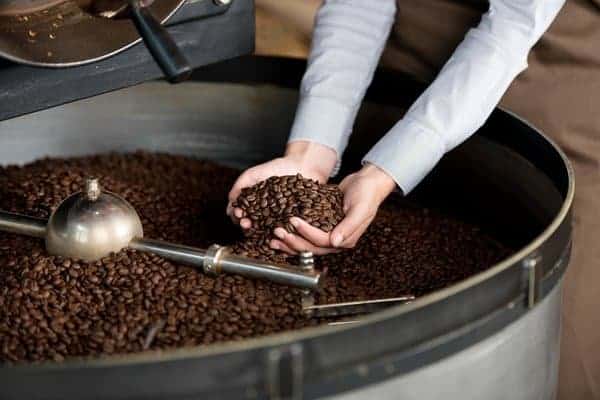
 Admin
Admin 